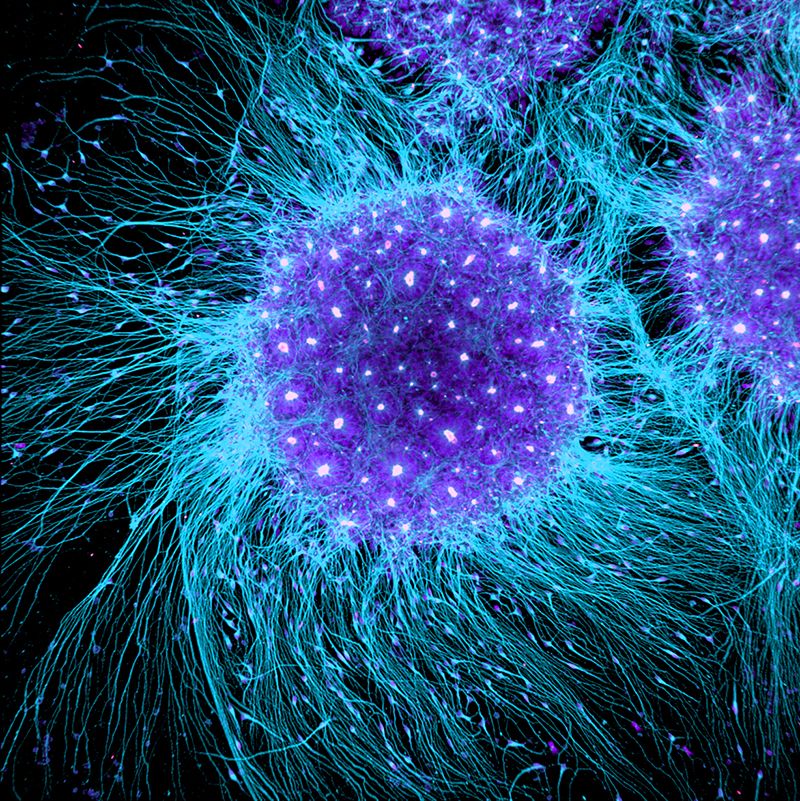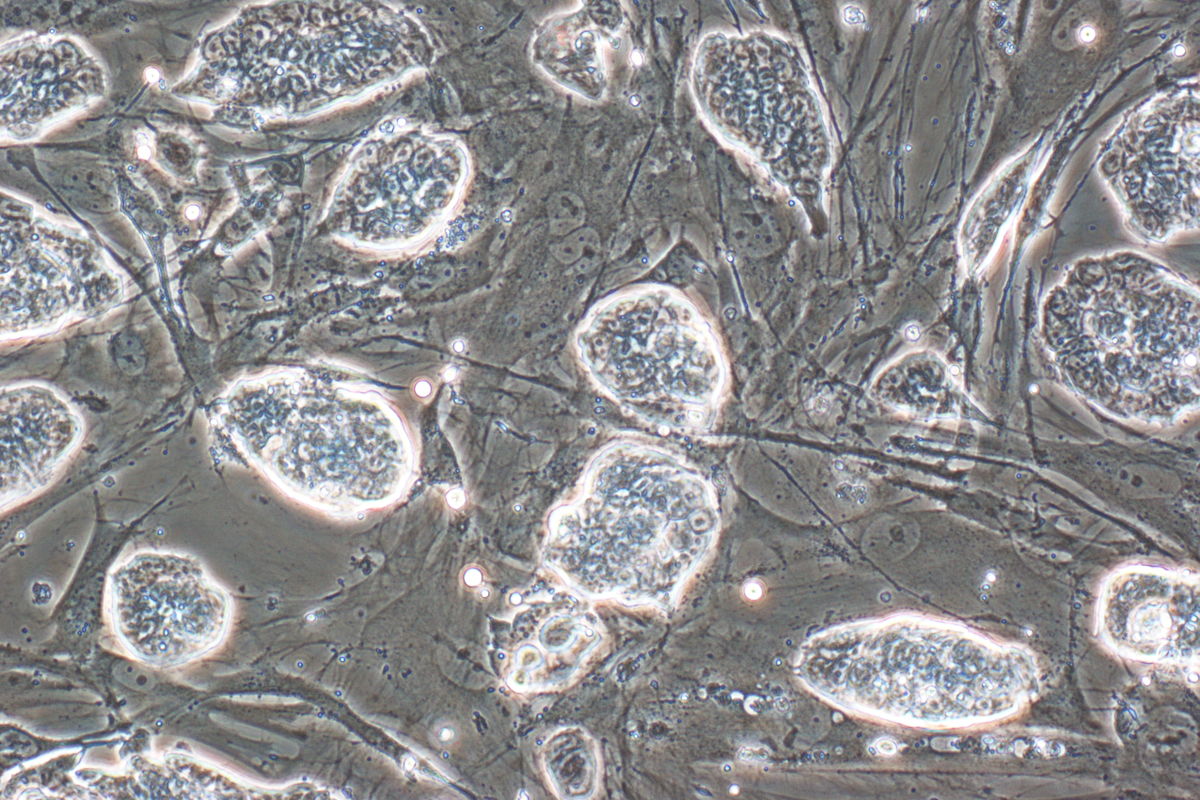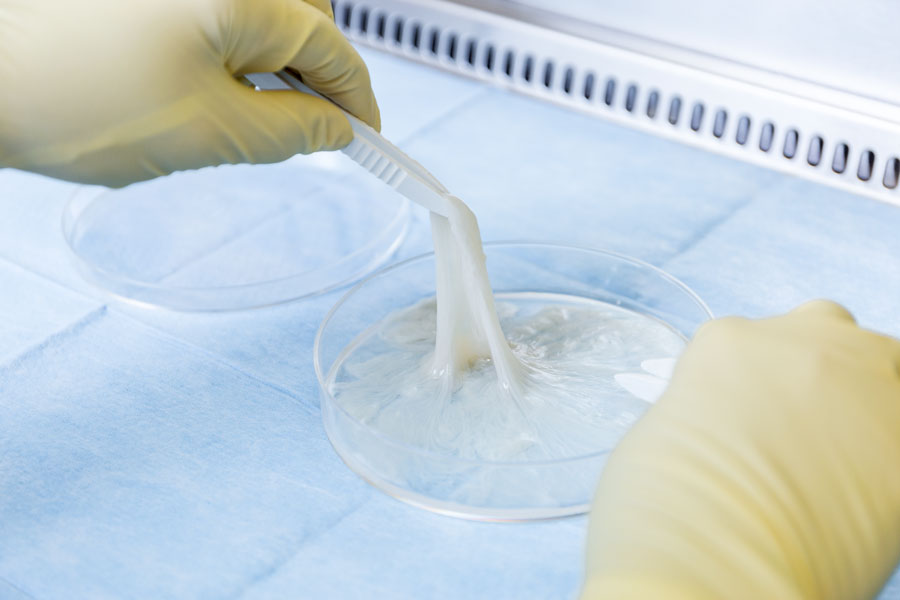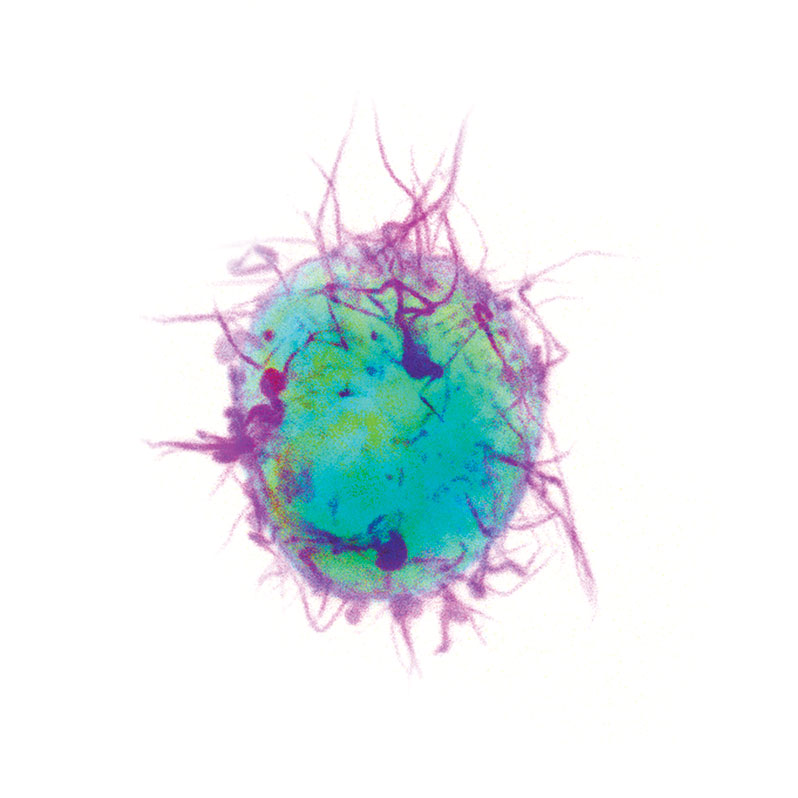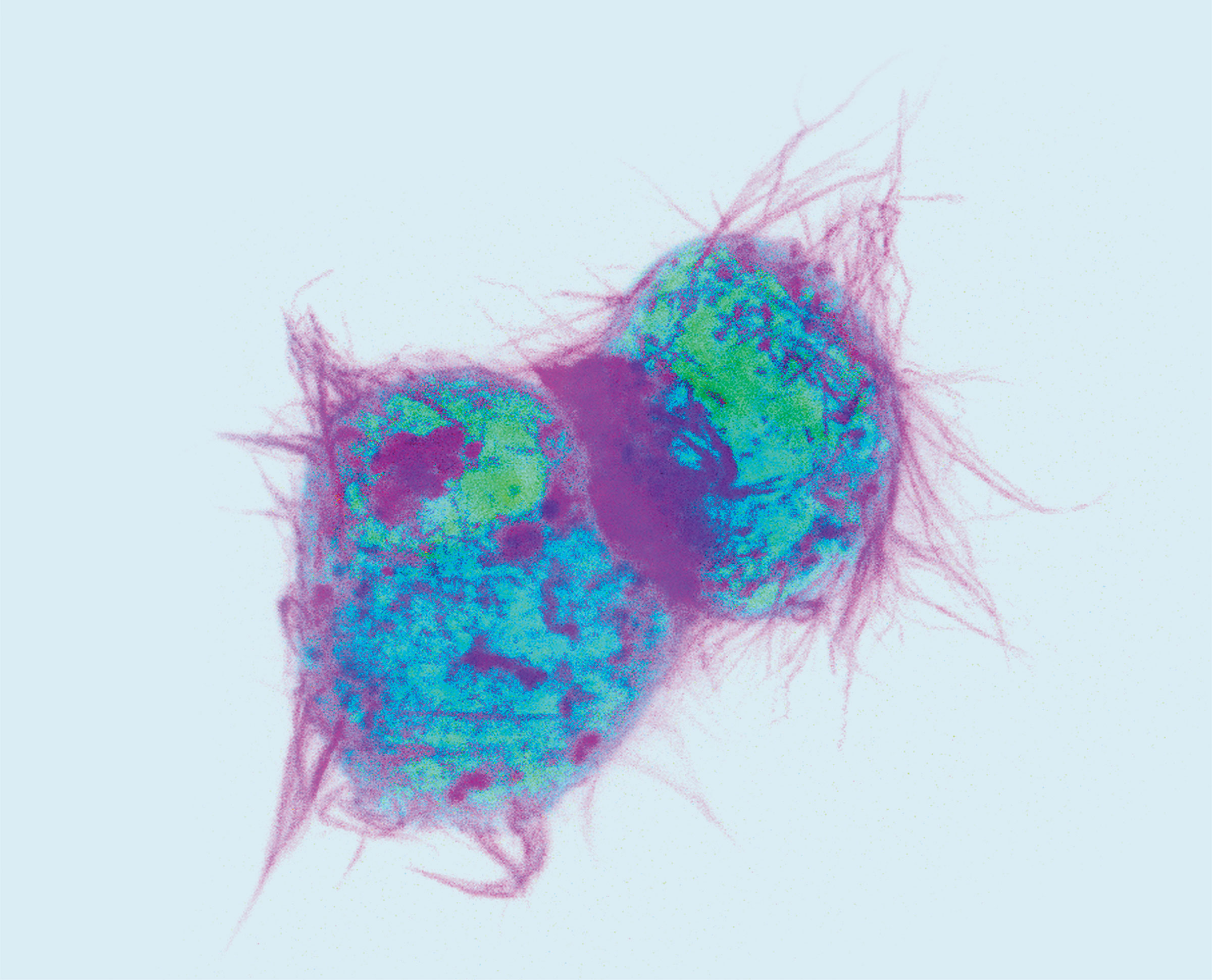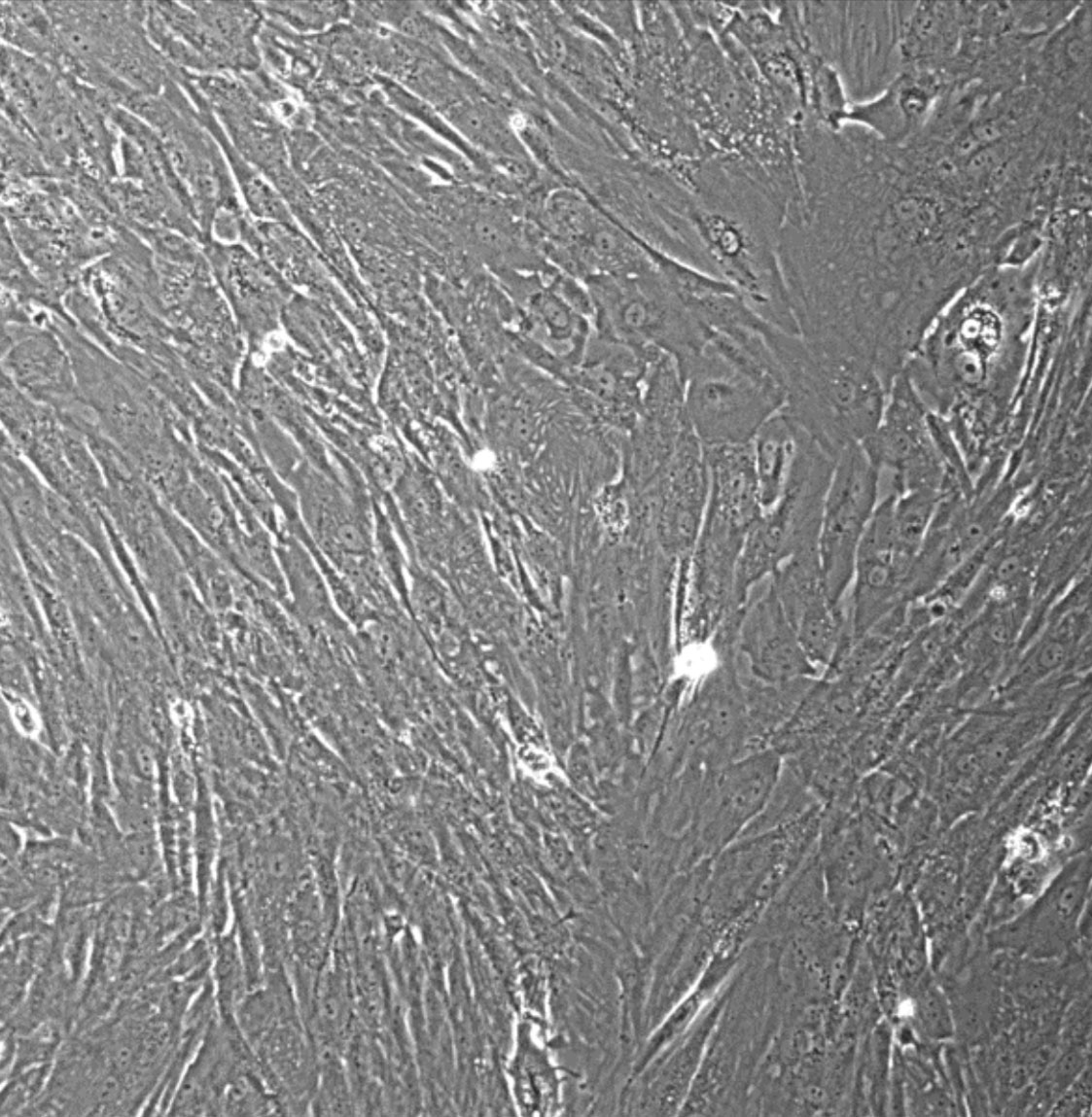Along with hUCT-MSCs administered both intravenously (IV) and intrathecally (IT), the spinal cord injury protocol at SCI also incorporates cells from the patient’s own concentrated bone marrow.
Several studies have shown that cells concentrated from the patient’s own bone marrow as sole therapy can improve the functionality of spinal cord injury patients. The main reason for adding bone marrow is primarily for its ability to stimulate new blood vessel growth. Most spinal cord injuries are traumatic and lead to a loss of blood flow to the spinal cord area, which has very few blood vessels in the first place, compared to other tissues and organs. Creation of new blood vessels with these cells is very important to stimulate healing.

